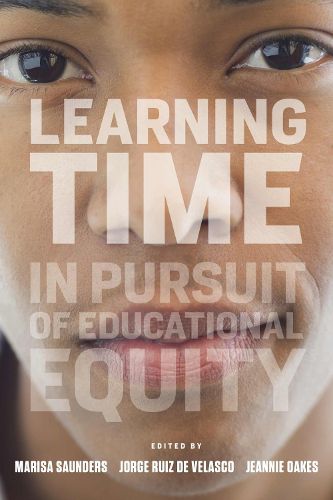Readings Newsletter
Become a Readings Member to make your shopping experience even easier.
Sign in or sign up for free!
You’re not far away from qualifying for FREE standard shipping within Australia
You’ve qualified for FREE standard shipping within Australia
The cart is loading…






This important book explores how education time can be expanded, reimagined, and reorganized in an effort to enhance the educational opportunities and outcomes of disadvantaged students. The editors and contributors address questions of educational equity and opportunity by considering how best to extend learning time in high-poverty schools.
Learning Time examines how the nature, quality, and quantity of education time varies dramatically for affluent and poor children. The book’s contributors provide a comprehensive view of strategies for tackling this issue within the context of the inequities disadvantaged students face. They also explore the positive outcomes associated with expanded learning time and examine the cultural and political underpinnings of our current inequitable system-and describe fundamental, lasting ways to overturn those underlying conditions.
This book promises to be a valuable overview of a vital, understudied field and a practical, useful resource for policy makers and practitioners who are determined to implement reforms for underserved youth.
$9.00 standard shipping within Australia
FREE standard shipping within Australia for orders over $100.00
Express & International shipping calculated at checkout
This important book explores how education time can be expanded, reimagined, and reorganized in an effort to enhance the educational opportunities and outcomes of disadvantaged students. The editors and contributors address questions of educational equity and opportunity by considering how best to extend learning time in high-poverty schools.
Learning Time examines how the nature, quality, and quantity of education time varies dramatically for affluent and poor children. The book’s contributors provide a comprehensive view of strategies for tackling this issue within the context of the inequities disadvantaged students face. They also explore the positive outcomes associated with expanded learning time and examine the cultural and political underpinnings of our current inequitable system-and describe fundamental, lasting ways to overturn those underlying conditions.
This book promises to be a valuable overview of a vital, understudied field and a practical, useful resource for policy makers and practitioners who are determined to implement reforms for underserved youth.